Martian meteorites can provide valuable insights about Mars. They offer clues that can help us to not only search for evidence of ancient life but learn more about our own planet.
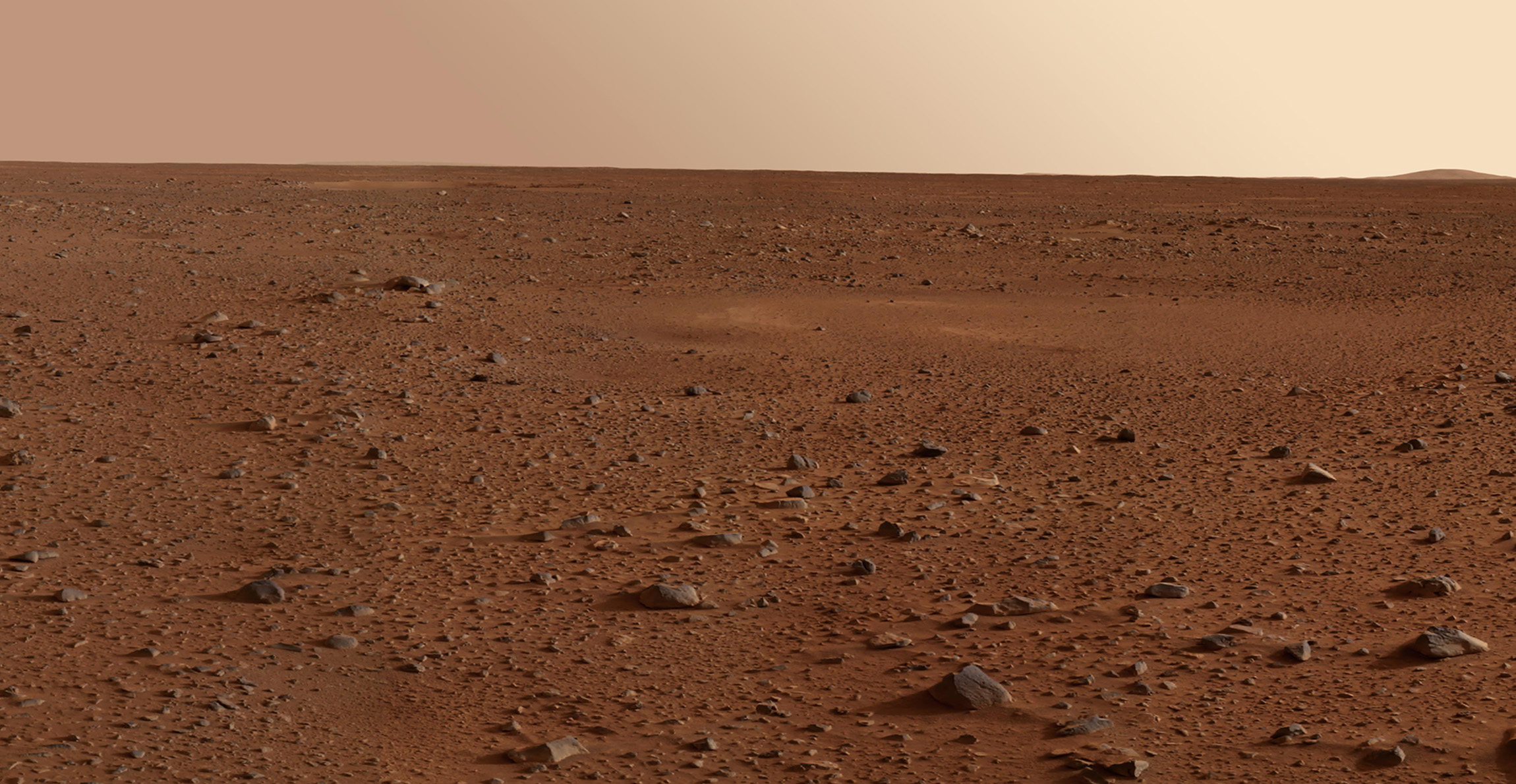
Meteorites from Mars can tell us a lot about our neighbour. © NASA/JPL/Cornell
Mark Boyd, our Assistant Curator of Meteorites, explains why they’re so important in our quest to understand the red planet and our solar system.
The history of Martian meteorites
A meteoroid is a small fragment from a comet, asteroid, the Moon or Mars. When it’s passing through Earth’s atmosphere it’s known as a meteor, once it reaches the ground it becomes a meteorite.
“Globally, we have almost 80,000 meteorites,” Mark explains. “But there are just under 400 known Martian meteorites, so only a tiny proportion have come from Mars.”
Out of those 400, we have 20 in the collection we care for at the Museum. Space missions are yet to bring any samples back from Mars, so these chance visits from Martian rocks are vital in helping us understand our neighbour.
Martian meteorite Allan Hills 84001, also known as ALH84001, was discovered in the Antarctic in 1984. Initially, it was treated like any other meteorite. It wasn’t until a decade later that scientists studied the piece of rock and realised that it had come from Mars.
While other Martian meteorites had been found on Earth before, ALH84001 was one of the first to be thoroughly studied and officially confirmed as coming from Mars.
Studies found that ALH84001 was formed from volcanic lava more than four billion years ago – making it older than any known rock on Earth and nearly as old as our solar system itself. It’s thought that the rock was ejected into space by an impact around 16 million years ago and drifted around our solar system before finding its way to Earth.
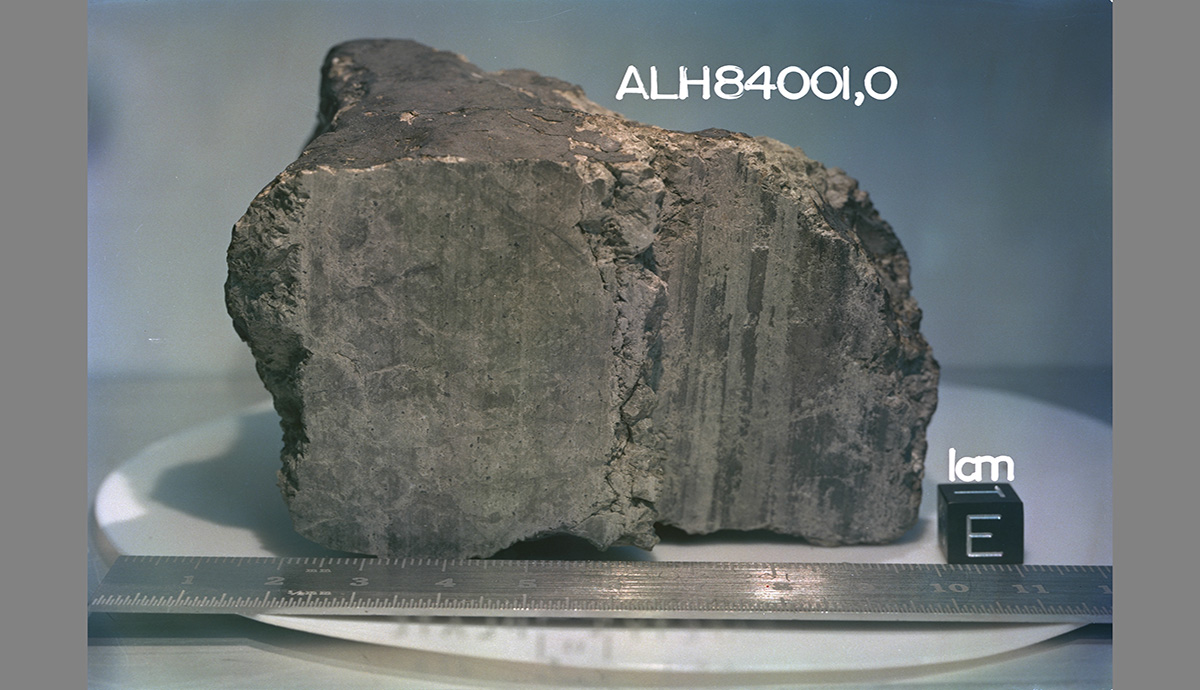
The ALH84001 meteorite offered valuable insights into the things we could learn about the red planet from Martian rocks. © JSC via NASA
Scientists also found carbonate in it. On Earth, rocks containing carbonate are usually found in water, indicating that water might once have been present on Mars. Not only this but they also found microscopic imprints that resembled living bacteria on Earth.
While the conclusion of these findings was heavily debated and mostly rejected in the scientific community, ALH84001 is an example of the plethora of information that Martian meteorites can provide us with.
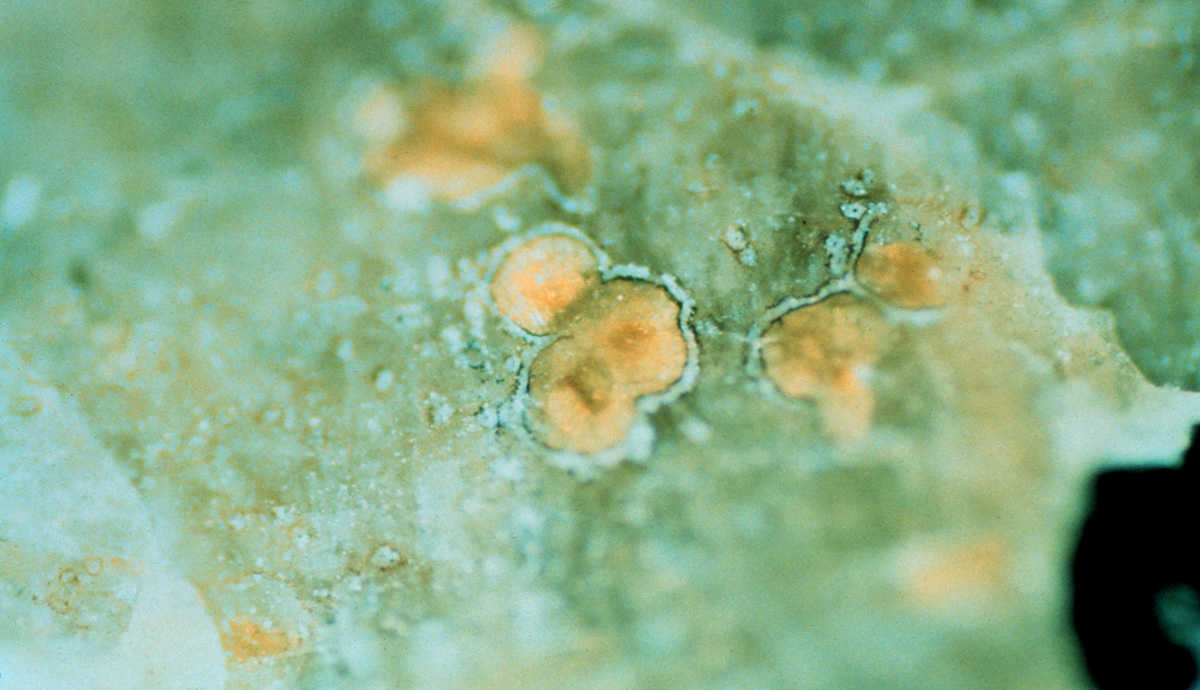
The formation of carbonate on the ALH84001 meteorite indicated that there could be water on Mars. © The Trustees of the Natural History Museum, London.
How do meteorites get to Earth?
Earth is reasonably well protected by its thick atmosphere. Depending on the rock type, if a meteoroid enters our atmosphere, a lot of it will burn up. Mars’ atmosphere on the other hand, is very thin and consists mainly of carbon dioxide.
The red planet is near the asteroid belt – a region full of asteroids, some of which can be up to 480 kilometres in size. As they move around, they sometimes crash into each other and get ejected from the belt.
“The first thing they meet is Mars. Mars doesn’t have much protection, and so it gets hit by a lot of asteroids and meteorites,” explains Mark.
The large impacts that are created when these rocks hit the planet can cause bits of the Martian surface to break off and be launched into space. These rocks then sometimes find their way to Earth.
Identifying a Martian meteorite
Meteorites are chemically different to rocks found on Earth. There’s a huge variety of them, but Martian ones are especially unique. There are three main types of Martian meteorite – shergottites, nakhlites and chassignites.
Many meteorites are formed by lots of stuff getting stuck together in the solar system. In contrast, most Martian meteorites come from rocks that have been formed by melting processes on the planet.
Martian meteorites are rare and can be hard to identify. “Most Martian meteorites are formed by volcanic and magmatic processes,” says Mark. “But these are processes that we have on Earth, so the types of rocks that we’re getting from Mars are very similar to some Earth rocks.”
At first glance Martian meteorites resemble rocks found on Earth such as basalt – a dark-coloured, volcanic rock. To confirm they’re from Mars, we can test them for traces of gases that are usually found there.
To do this, we need missions to the red planet to tell us what gases we’re looking for. In the 1970s, a spacecraft landed on Mars for the first time, in what was called the Viking Project. The Viking Project missions provided valuable insights into our nearest planetary neighbour and allowed us to collect data about its atmosphere and the specific gases found on its surface.
“The probes measured precise signatures in the chemistry of the Martian atmosphere. By using that data, when we got some rocks that we thought might be from Mars, we were able to look at the gases trapped within them and confirm that they were Martian,” explains Mark.
What can they tell us about our next-door neighbour?
As yet, no rock samples have been returned from Mars, so these chance Martian meteorite findings are a vital way to learn more about the planet. The Nakhla meteorite, which landed in Egypt in 1911, has told us a lot about the potential of water on the red planet.
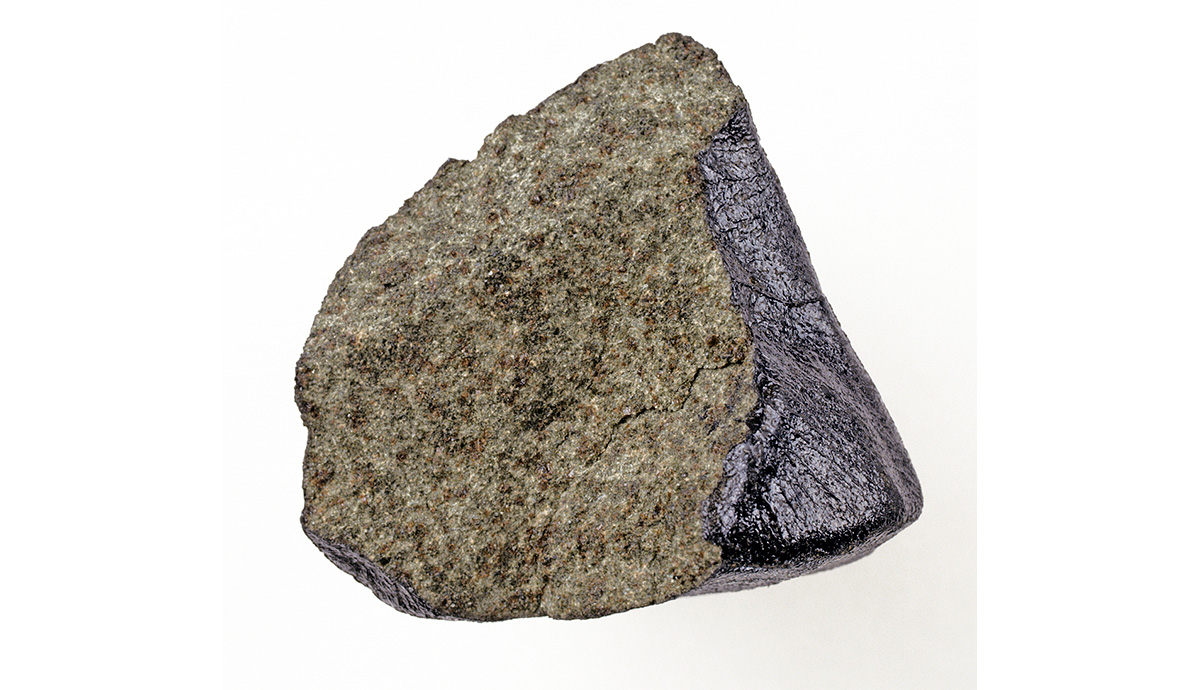
The Nakhla meteorite, part of which is held in our collection, contains clay minerals. © The Trustees of the Natural History Museum, London.
“The Nakhla meteorite has clay minerals, and to form a clay you need water. The fact that we have this meteorite that has come from Mars that has clay minerals in it, tells us that there needs to be some kind of water on Mars,” says Mark.
We can also use Martian meteorites to help with our exploration of Mars. The SaU 008 Martian meteorite, part of which is on display in our galleries, has been key to helping us understand the red planet. It’s particularly special, as in 2020 it was sent back to Mars as part of NASA’s Perseverance mission, making it the first Martian meteorite ever to be returned home.
One problem scientists encounter when exploring other planets using uncrewed spacecrafts is accuracy. It can be very difficult to make sure that what’s built and tested on Earth is accurate when used in a largely unknown and unvisited environment.

Unlike most meteorites, SaU 008 was sent back to Mars. © The Trustees of the Natural History Museum, London.
The Perseverance mission has an instrument onboard called SHERLOC, which fires a laser at rocks and analyses the minerals to look for possible habitable environments.
“This sort of mission is a good way to learn about the kinds of minerals that are in the rocks,” explains Mark. “But the problem is that as soon as you’re sending these instruments to another planet, they could be behaving in completely different ways than we’ve designed them to in our labs on Earth. So, we sent part of the SaU 008 back and used it as a calibration tool to make sure that the instruments are working as they should.”
Closer to Mars
Unlike the Moon, humans are yet to step foot on Mars, relying instead on uncrewed spacecrafts to explore the red planet. However, Martian meteorites offer us the chance to get closer to our solar system neighbour and to learn more about the planet and our own.
“For most of us, we’ll never get to visit Mars, so Martian meteorites are the closest we’ll come to touching a part of another planet,” says Mark.
Get closer to space and touch a Martian meteorite at our new Space: Could Life Exist Beyond Earth? exhibition.
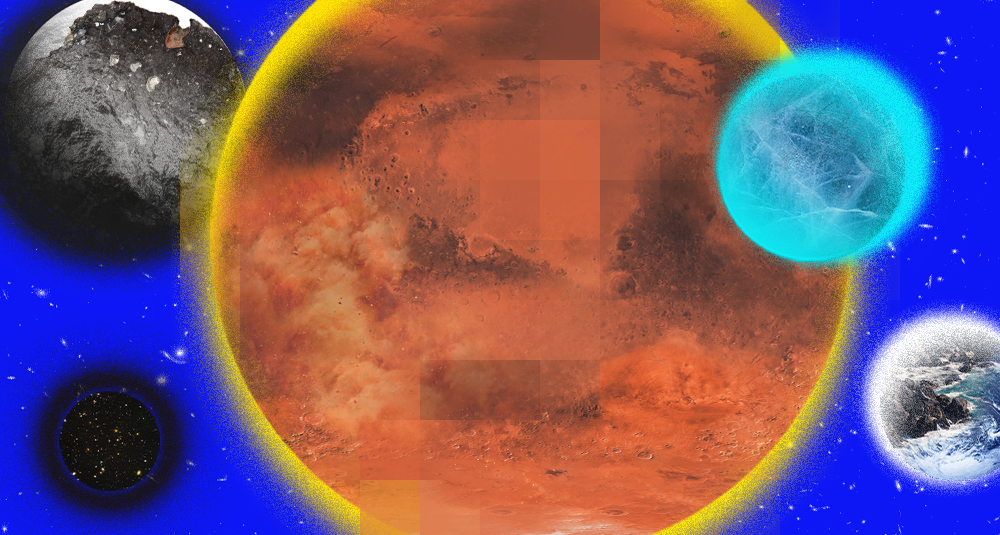
Space: Could Life Exist Beyond Earth?
Find out in our latest exhibition! Snap a selfie with a piece of Mars, touch a fragment of the Moon and lay your hands on a meteorite older than our planet.
Open now

Explore space
Discover more about the natural world beyond Earth’s stratosphere.
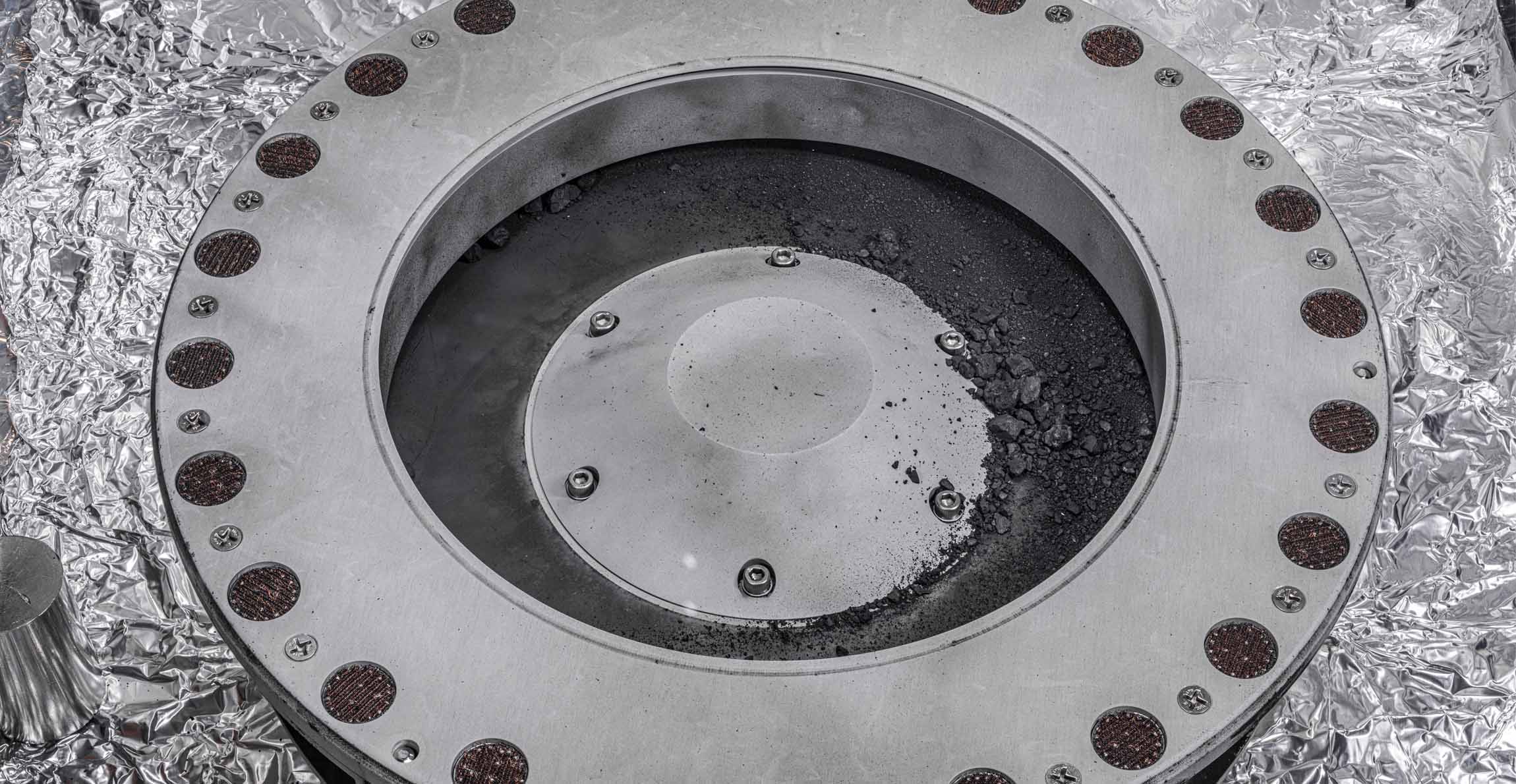
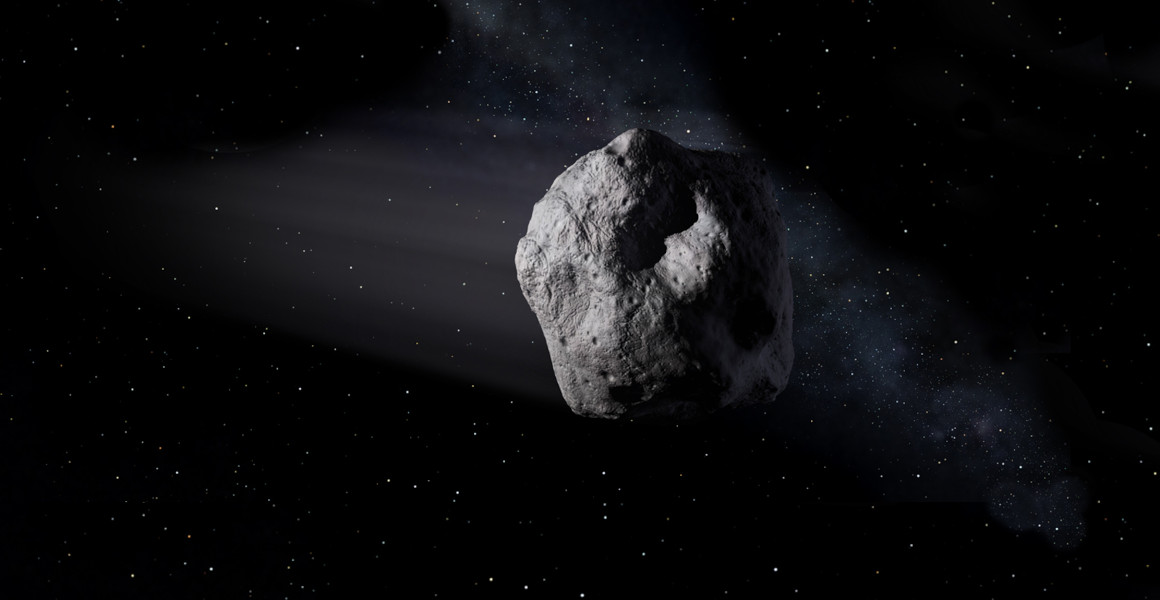
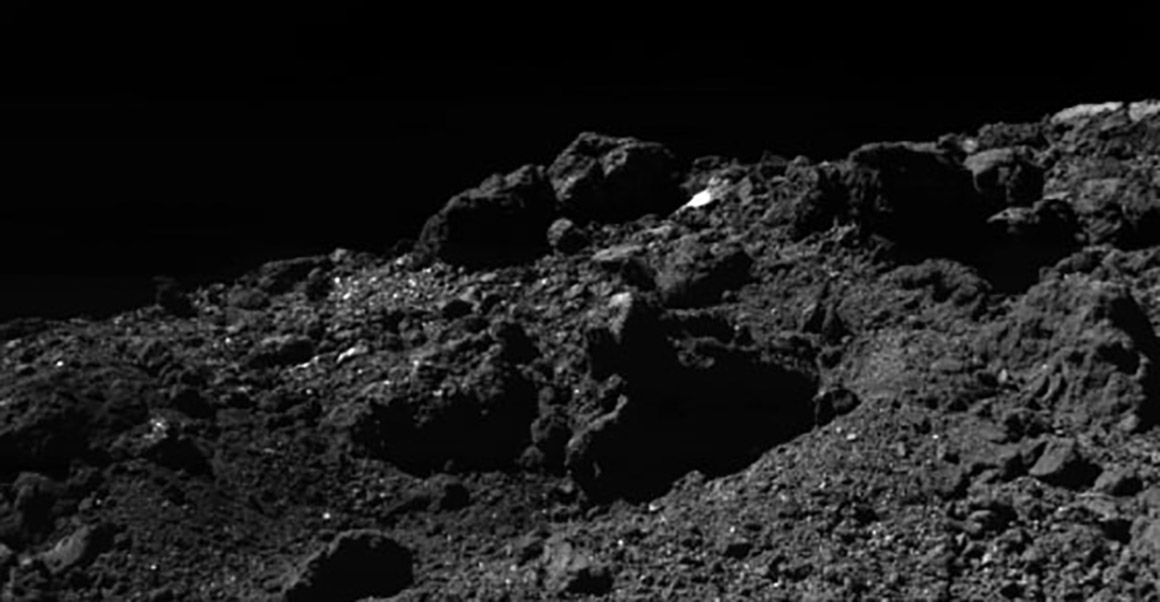

Don't miss a thing
Receive email updates about our news, science, exhibitions, events, products, services and fundraising activities. We may occasionally include third-party content from our corporate partners and other museums. We will not share your personal details with these third parties. You must be over the age of 13. Privacy notice.
Follow us on social media